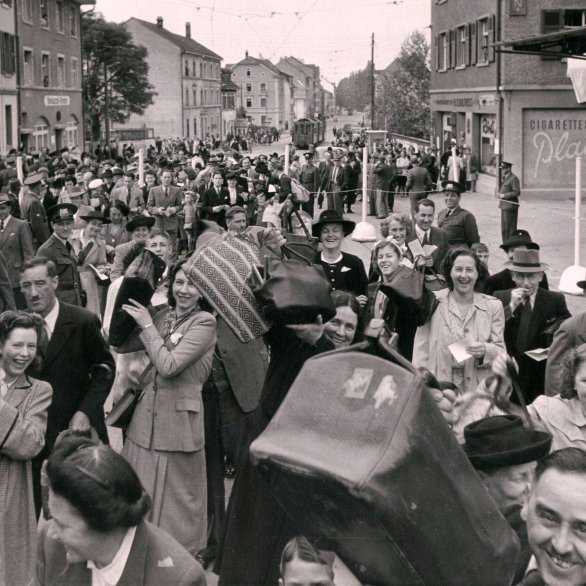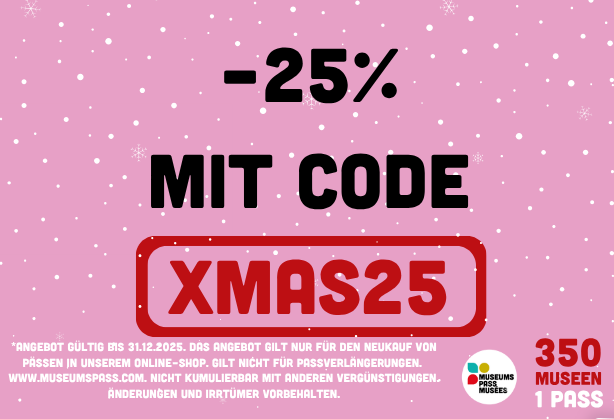The movement of people across borders has shaped the tri-border region around Basel over the past centuries. Products were cleared through customs at the borders even in ancient times. But how were immigration and emigration regulated and handled legally and practically at different times? Since when did people need identity papers to cross borders, and what did these papers look like? What role did economic and political developments play? How did migrants manage to find a new home?
At the same time, how did everyday mobility in the region take shape, with work commuting, consumption and smuggling, as well as cultural exchange and educational mobility between the university centers of Basel, Freiburg and Strasbourg? Mobility within transnational family networks or religiously based mobility will also be examined. Biographical approaches and individual experiences of borders play an important role.
The exhibition is part of a joint exhibition cycle of the Museums 2026/2027 network along the entire Upper Rhine. Working together with students from the University of Freiburg, it explores these surprisingly little-researched yet highly topical themes.
At the same time, how did everyday mobility in the region take shape, with work commuting, consumption and smuggling, as well as cultural exchange and educational mobility between the university centers of Basel, Freiburg and Strasbourg? Mobility within transnational family networks or religiously based mobility will also be examined. Biographical approaches and individual experiences of borders play an important role.
The exhibition is part of a joint exhibition cycle of the Museums 2026/2027 network along the entire Upper Rhine. Working together with students from the University of Freiburg, it explores these surprisingly little-researched yet highly topical themes.

